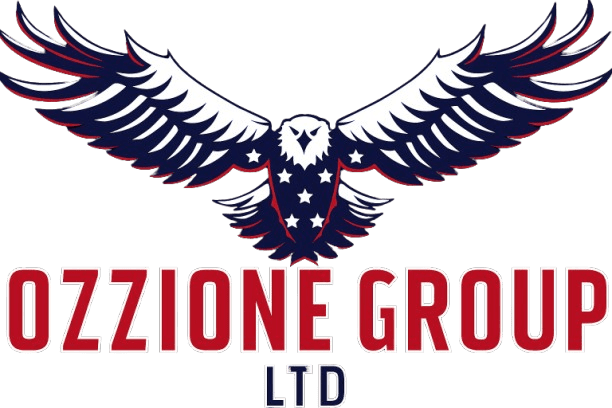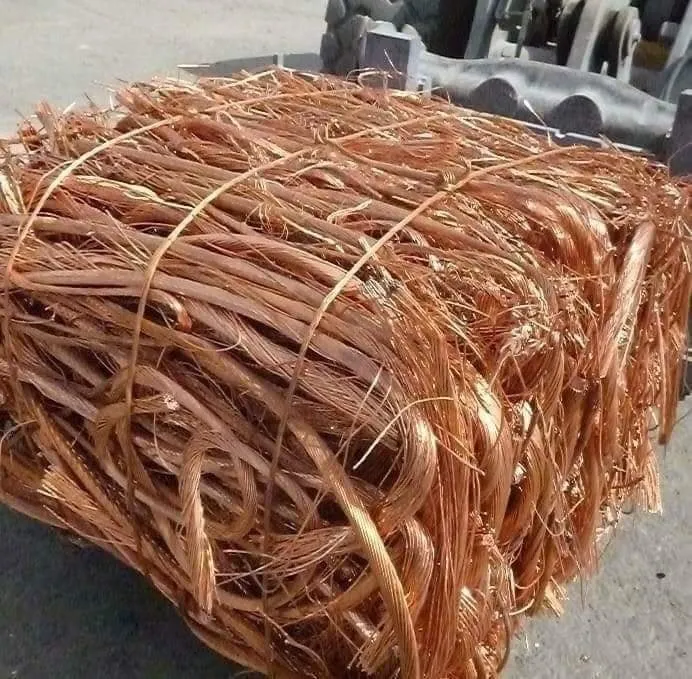Scrap Copper Wire Rate: Key Factors That Influence Pricing
Scrap copper wire rate remains a critical metric for recyclers, contractors, and businesses in the metal recycling industry. Copper stands out as one of the most valuable and widely used non-ferrous metals, making copper wire scrap a high-demand commodity. Since industries frequently use copper in electrical systems, construction, and electronics, they generate large volumes of scrap wire. Understanding how to determine scrap copper wire rates helps sellers maximize profits and allows buyers to make informed decisions.
What Is Scrap Copper Wire?
Scrap copper wire refers to used or discarded copper wiring collected for recycling. Typically, workers retrieve it from old buildings, electrical systems, industrial equipment, and electronics. Recyclers sort this wire into different grades based on quality and purity, which directly affects its price.
The most common grades include:
- Bare Bright Copper Wire: This grade contains clean, uncoated, and unalloyed wire, offering the highest value.
- #1 Copper Wire: Slightly tarnished but still clean and free of insulation.
- #2 Copper Wire: Contains paint, solder, or corrosion, which lowers its value.
- Insulated Copper Wire: Includes a plastic or rubber coating, requiring additional processing.
Factors That Affect Scrap Copper Wire Rate
Several market factors influence the scrap copper wire rate. Knowing these drivers can help you time your sale or purchase more effectively.
1. Global Copper Prices
Global copper prices significantly affect scrap rates. Since copper trades on international markets, its global value quickly impacts local recycling prices. When international prices rise, local scrap yards tend to offer better rates.
2. Purity and Grade
High-purity copper wire—especially bare bright—sells at premium rates. On the other hand, wire with insulation, oxidation, or coatings requires more labor to clean, which reduces its market value.
3. Supply and Demand
The laws of supply and demand strongly influence scrap pricing. When the construction and manufacturing industries increase copper usage, demand rises, pushing rates higher. If the market becomes saturated with supply, prices typically fall.
4. Energy and Labor Costs
Processing copper requires energy. When fuel or electricity costs increase, recyclers often raise their buying rates to offset expenses. Labor costs and processing difficulty also impact what scrap yards pay.
5. Regional Market Conditions
Local market conditions and competition also play a role. Urban areas with multiple recycling centers usually offer higher rates due to competition. In contrast, rural areas may offer lower prices because of limited access and fewer buyers.
Tips to Maximize Your Scrap Value
To get the best rate for your copper wire scrap, follow these best practices:
- Strip the wire to remove insulation and improve purity.
- Separate wire by grade before selling.
- Monitor market prices to identify the best times to sell.
- Get quotes from several buyers to ensure competitive pricing.
Conclusion
In summary, the scrap copper wire rate depends on factors like global pricing, wire purity, market demand, energy costs, and regional competition. If you stay informed and prepare your scrap properly, you can significantly increase your return. Whether you’re a large-scale recycler or a small seller, understanding these factors empowers you to make better, more profitable decisions.


